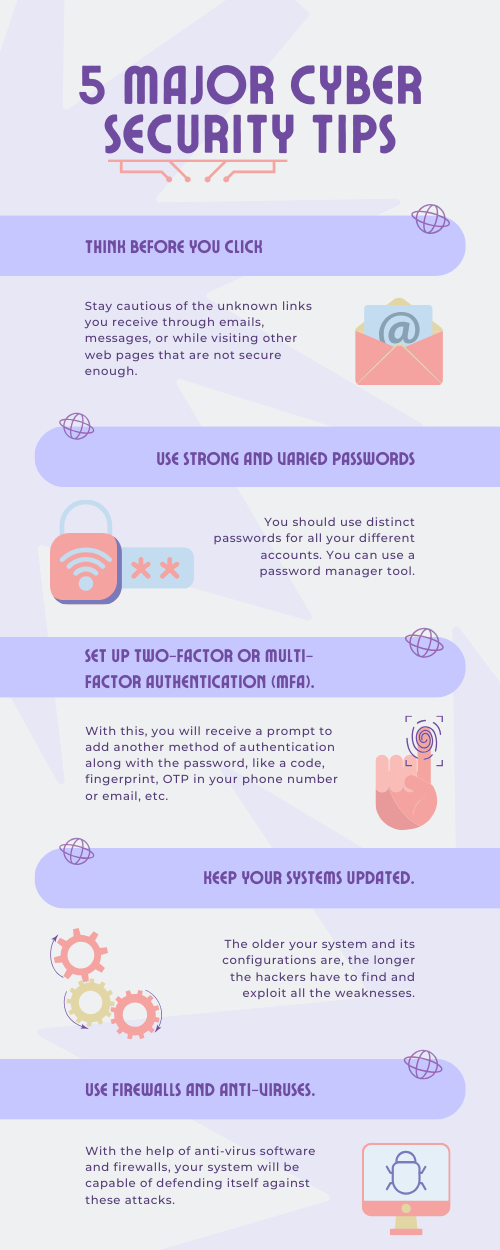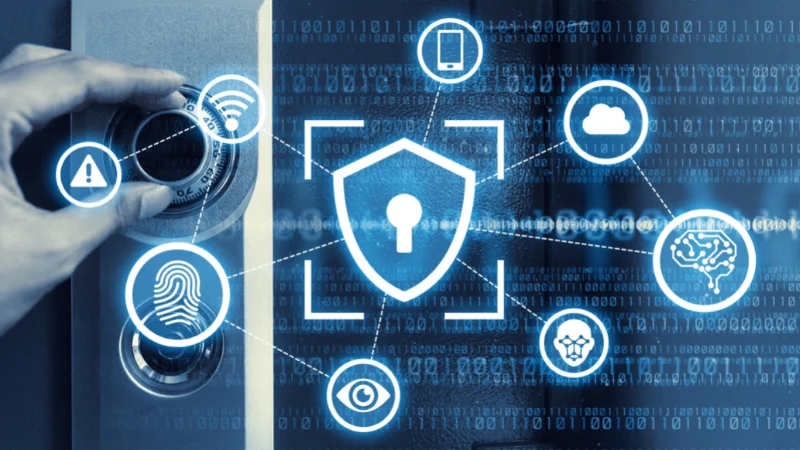In today’s fast-paced and technology-driven world, your website is often the first impression that potential customers have of your business. With sensitive information like personal data and financial transactions taking place online, it’s crucial to take all necessary steps to ensure your website’s security. Failing to do so can result in disastrous consequences like data breaches, loss of customer trust, and even legal penalties. That’s why, in this blog post, we’ve put together a comprehensive guide with 11 proven tactics to keep your website secure. Read on to discover how you can keep your website safe and secure in the digital age.
This post contains affiliate links. Please read our disclosure.

1. Pick a Strong Password

Do you have strong passwords for your website? How do they compare to your friends’? If you’re not sure, now is the time to start. According to a recent study, 53% of websites are hacked every day–and 42% of Fortune 500 companies have been breached! Fortunately, there’s an easy way to protect yourself: use strong passwords. As websites become more and more popular, it is important to make sure your password is strong. A strong password can mean the difference between your website being hacked or remaining secure. WordPress itself has a random password generator that you could use for an effective password. Make sure that it is a mixture of letters, numbers, and symbols. That way, anyone who tries to log into your website will have a difficult time guessing the password. Creating a strong password for your website is important, not only to keep your account secure, but also to avoid possible identity theft. LastPass is a reliable password management solution that plays a crucial role in fortifying your website’s security. It aids in the secure storage and effective management of intricate passwords, effectively shielding your online accounts and sensitive information from unauthorized breaches, making it an indispensable tool for safeguarding your website
2. Opt for a CDN

A content delivery network (CDN) is a worldwide system of private and public networks that distribute content. By caching and distributing websites’ data across multiple servers, CDNs help to ensure faster delivery of webpages to users and reduce the load on websites themselves. This helps make websites more secure as well by speeding up response time to website attacks or server outages. There are many ways you can do this, but one of the easiest and most effective ways is to use a content delivery network. A CDN makes it easier for your website visitors to load resources from around the Internet faster. This can protect you against attacks that might try and exploit vulnerabilities in those resources. All websites face cyber security threats, but some are more at risk than others. Sites with high traffic and susceptible to social engineering attacks may be particularly vulnerable. CDNs help distribute sites’ content around the web so it can be delivered faster to users, mitigating the attack surface of a site and potentially reducing its vulnerability to security threats. A CDN can help keep your site secure by routing traffic to your readers’ closest location. This can also have the added benefits of cutting down on band with. Whenever you have a constant stream of visitors to your site, this costs bandwidth. Why waste valuable space on your site when you could simply use a CDN and take care of the other, more pressing issues?
3. Change Login URL
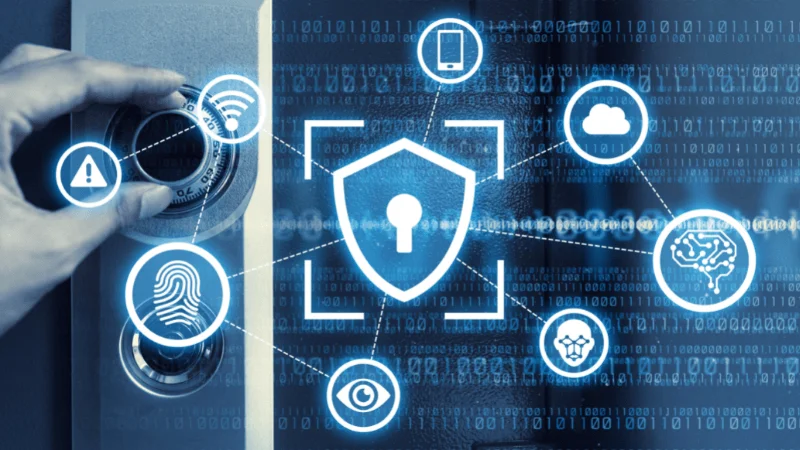
There are a few reasons why you should change your login URL on your website. The first reason is that it can help improve security. When users connect to your site through a secure connection, they’re less likely to be snooped on or hacked. A login page that encourages users to use specific passwords instead of using their regular username and password makes it more difficult for hackers to get access to user accounts. Do you have a login URL with your company’s name? If it isn’t perfect, there are several reasons why you should change it. First of all, the bad URL will confuse people and possibly hamper your site’s SEO. Second, if someone were to hacked into your site and get access to your login information, they could potentially misuse that information to sign in on other sites as well. In addition to changing the password, you will want to ideally switch the login URL for your website. There are tons of nefarious individuals out there who are determined to compromise your sites safety, and the best way they do this is by gaining total access of the dashboard. Don’t let this happen to you. In order to change the login url, you’ll need to go to settings in your dashboard and type in a new login url, then click save.
4. Hide Common Paths and Other Info
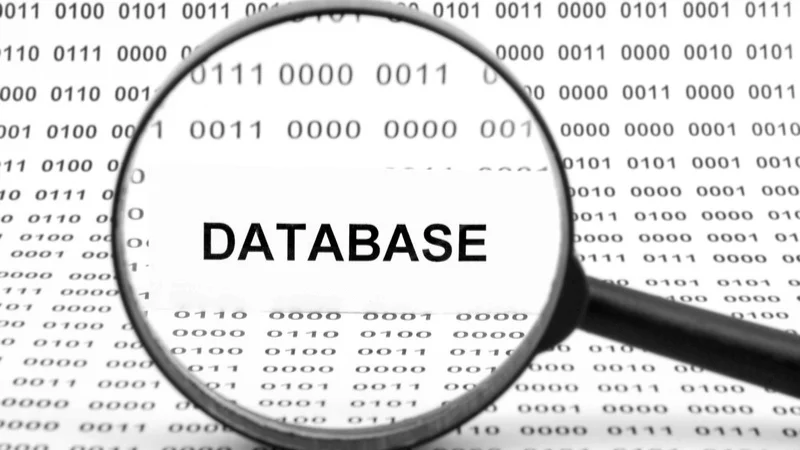
WordPress popularity is skyrocketing, but one of its most common security vulnerabilities is that users can browse and view the files and folders within your website without permission. As a website owner or administrator, one of your most important duties is protecting your site from unauthorized access. There are a couple of great reasons you should completely hide your WordPress files from the public eye. The first reason is security. Whenever you keep your files hidden, you reduce the risk of them being hacked or stolen and therefore keep yourself and your site safe. Second, by hiding your files, you can make it more difficult for people to find and use third-party plugins or themes that conflict with yours. Additionally, by using a secure password management system such as 1Password or LastPass, you can further protect yourself against would-be attackers. If you follow these tips and procedures carefully, it will be much harder for someone to compromise your website–regardless of how skilled they may be. Hiding common paths in your WordPress directory is one of the best things you could do for website security. This can be accomplished through the use of a plugin such as Hide My WP. Install this plugin and make the needed changes, and watch as your site experiences success without the worry of hackers wanting to have access to your valuable information. Open paths can reveal anything from the plugins you use to vulnerabilities. Don’t put yourself at such a risk.
5. Clean Up Your Database

One of the best ways to protect your website from attack is to keep your database clean. A dirty database is a magnet for hackers and can easily be exploited, leading to information theft, identity theft, and more. Database cleaning involves reviewing your data for outdated or suspicious information, and removing it if necessary. By regularly cleaning your database, you reduce the chances of a security incident occurring that could compromise your site or user data. Making your database is clean is important. You do not want it to be overloaded and calls your website any trouble in terms of speed and security. One of the best plugins that you can use to take care of this problem is Advanced Database Cleaner. If you’ve got the budget, hiring a webmaster is one of the best investments you can make for your business. A professional’s interface with technology and years of experience ensures your website will function as promised while safeguarding against cyber attacks. However, neglecting to properly clean and maintain your website database leaves it susceptible to breaches. Website security is important, not only to protect your customers’ data, but also your own reputation and that of your business. Regular virus scans can help ensure that your website is free from harmful malware which could damage both the functionality and appearance of the site.
6. Detect and Ban Bad Bots
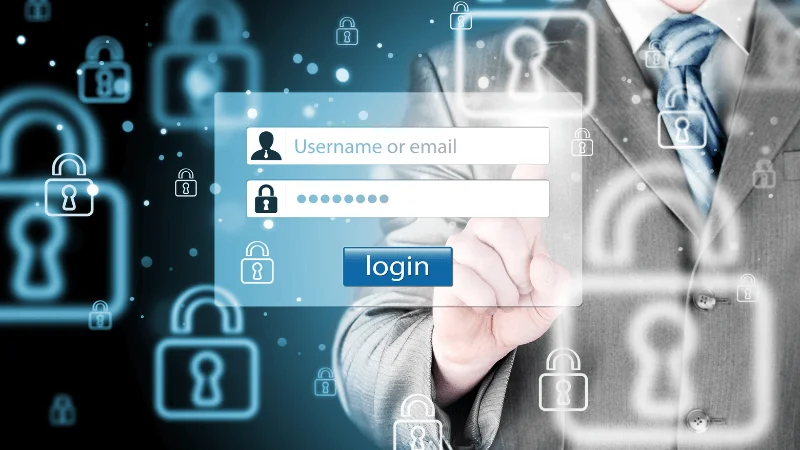
What are bad bots and why should we be capturing and banning them? Bad bots are automated accounts set up to spam or promote malicious content. This can cost ways than one. For instance, Google AdSense will not approve any website that has a high number of but visitors. Many businesses are concerned about the effects of bots on their workflow. Bots can increase traffic, but they also create potential negative effects such as spam, malware injection, and stolen data. There are a number of ways to capture and attribute bad bots that try to infiltrate websites. Some important methods for identifying bad bots include: detecting malicious behavior, determining the source IP address or computer name, verifying website ownership and investigating known attack signatures. Once you have verified that an intrusion is in fact a bot, disabling their ability to access pages on your site can be as simple as blocking them with a firewall rule or malware detection program like Malwarebytes. One plugin that we recommend is Wordfence. It will identify and capture bad bots. Once you have the IP of the offending bot, you could then block it permanently.
7. Use Updated Plugins
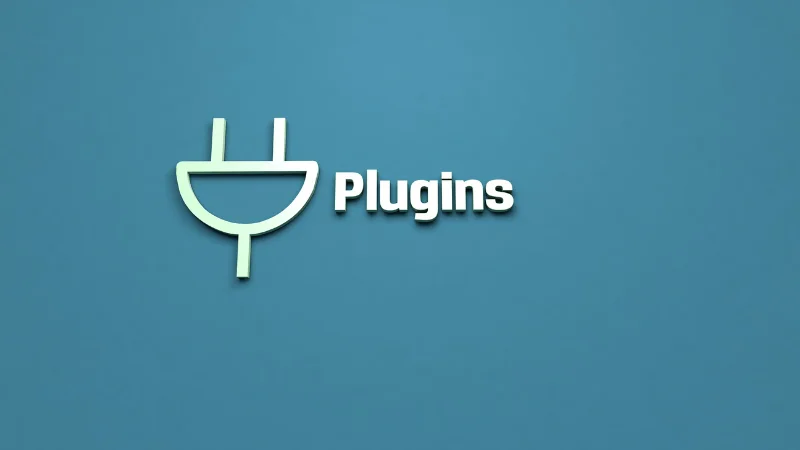
Since part of a site’s security is updating its plugins, it’s important for website owners and administrators to keep their plugin catalog up-to-date. Plugins can be infected with vulnerabilities that give attackers access to your site’s data or system as intended by the author, but also potentially compromising other websites on which they are installed without notification or authorization. By keeping your plugin catalog current and using careful selection criteria when installing plugins, you can minimize attack vectors while preserving functionality critical to your business. Not many factors are more damaging to the speed and security of a website than installing bad or outdated plugins. A plugin that has not been updated for quite some time is in indication that it probably would be bad for your site. If your site is not compatible with the plugin, there is a possibility that it could inject some malicious code into your php. But the plugin is not the only thing that could inject bad code. It could simply be a hacker who is trying to gain access to your site and when he sees that there are old plugins, this will then make it easier for them to target you. Don’t skimp on this very important factor for security.
8. Set Up Two-Factor Authentication (2FA)
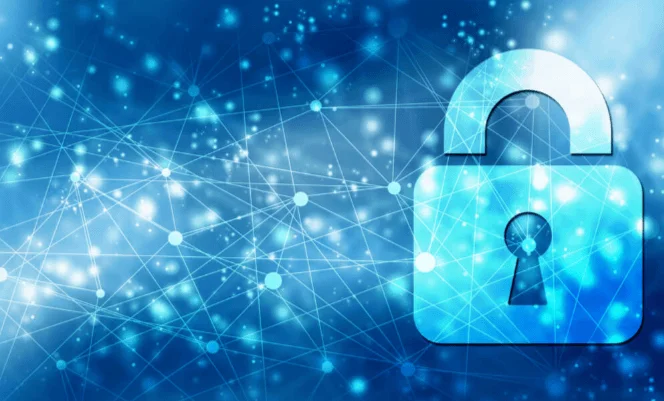
Two-factor authentication, also known as 2FA, is one of the most important security measures you can take for your website. It’s not just about adding an extra layer of protection; it engages and encourages users to take action if they notice something is wrong on your site. When users are required to enter two separate pieces of information in order to access their account or files, it becomes much more difficult for someone unauthorized to gain access. With two-factor authentication, a hacker cannot access your website, because anyone hoping to log in, would have to do so from your phone. Luckily, this can be accomplished easily. You simply download Google Authenticator, then enter the code provided by the authenticator whenever asked. This makes it impossible for anyone to access your site away from your phone. And when we say impossible, we mean it. Two-factor authentication is one of the best things you can do for website security. Two-factor authentication is a security measure that requires the user to provide two pieces of information in order to gain access to their account. This can include a password and an additional, unique code sent to your phone or generated by an app on your device. Requiring users to enter these three factors instead of just one will increase the likelihood that they will be unable to steal your login information if they are somehow compromised.
9. Use HTTPS
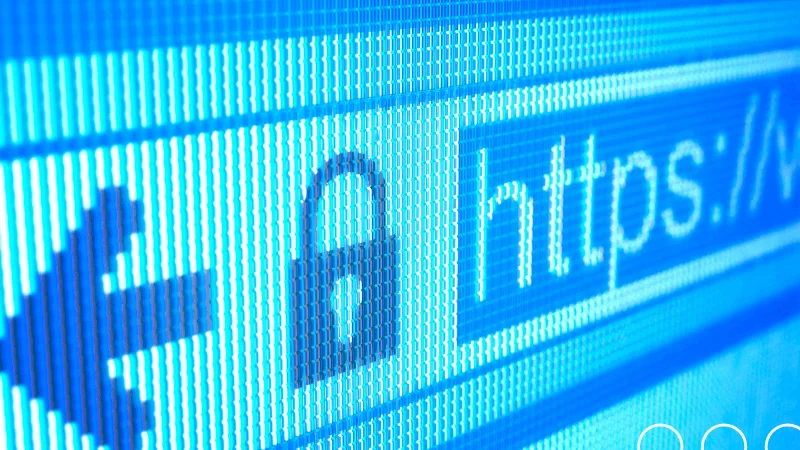
With the rise of Internet security threats, HTTPS is becoming increasingly important. HTTP uses clear text, which makes your website and data vulnerable to hackers. In addition, browser security extensions usually block HTTP pages if they detect the server does not implement SSL/TLS encryption. You should deploy HTTPS on all sensitive webpages to enhance your trust and deter cyber crime. HTTPS is a security protocol that ensures your communications are encrypted by using secure sockets layer technology. This means your data is private and safe from prying eyes even if someone accessed your website via an insecure connection. HTTPS makes it easier for customers to purchase products or services online because they can trust that their information will be protected no matter where it’s being sent. HTTPS is used not only by e-commerce sites. You could employ it if you’re just a blog. HTTPS means that any information that’s being transferred over the Internet is secured and anonymous. This can give your website a great security boost, though there are disadvantages to HTTPS. Read up on the cons before you decide to figure your website to HTTPS.
10. Back Up Regularly
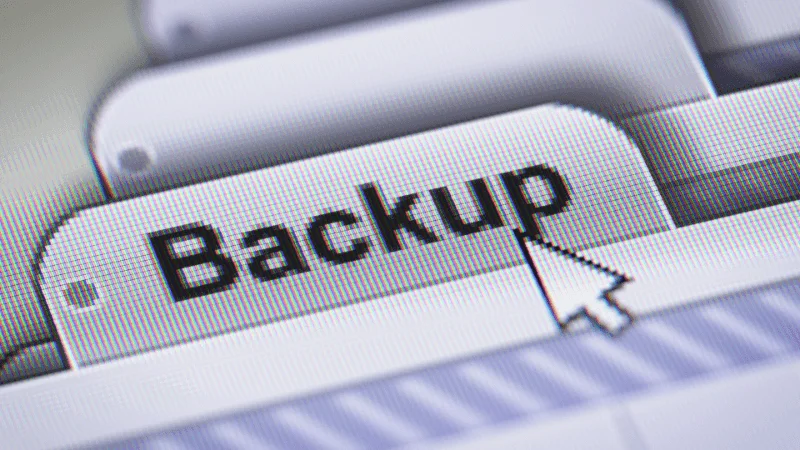
This final tip is not a security issue per se. However, you’ll want to be able to get all of you your files and restart your website in case it goes down. One of the most important things you can do to keep your website running smoothly is to back it up routinely. Your website is a valuable asset and should be treated as such! Keep in mind that not all websites are created equal; some are more important than others, and may require more attention and care. The best way to prevent losing everything is to save what you got. UpdraftPlus is great for backing up your site so that you’re not left totally lost if something bad happens. In the past, most people simply assumed that their website was backed up whenever they transferred it from one server to another. However, this is no longer a safe practice. In today’s world of cyber-security breaches and data loss, having your website backups stored off-site is essential for protecting your business.
11. Secure You Website With a VPN
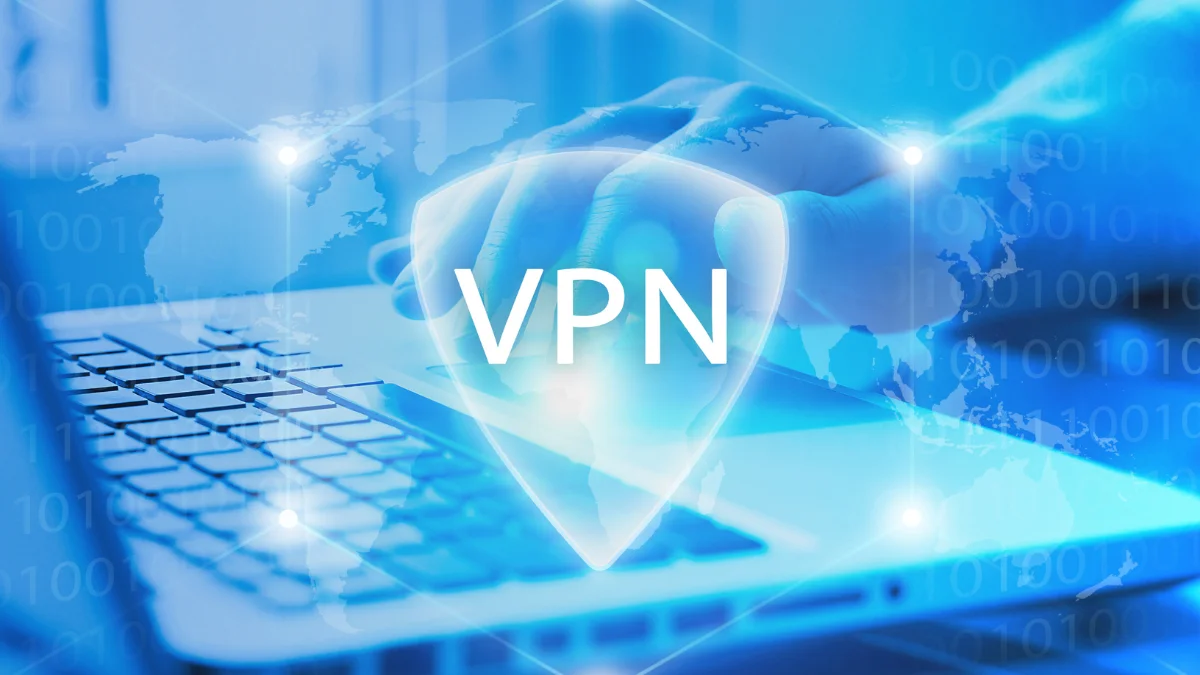
One indispensable tool in safeguarding your website and sensitive data is a Virtual Private Network (VPN). A VPN creates a secure and encrypted connection between your device and the Internet, protecting your communications from prying eyes and potential cyber threats. With cyber attacks becoming increasingly sophisticated, having a VPN in place is essential to thwart unauthorized access, data breaches, and potential leaks. Embracing this proactive approach to cybersecurity not only instills confidence in your clients and partners but also helps maintain your reputation as a responsible and reliable business in today’s interconnected world.
Conclusion
Keeping your website secure is critically important to protect yourself and your customers from identity theft, unwanted internet marketing, and other online threats. As a business, your website is one of your most important assets. It’s an essential tool that can help you connect with potential customers and evangelize your brand. But protecting this valuable asset is just as important as ensuring that it reaches its target audience. By taking these steps, you can make sure your site is adequately safeguarded.
